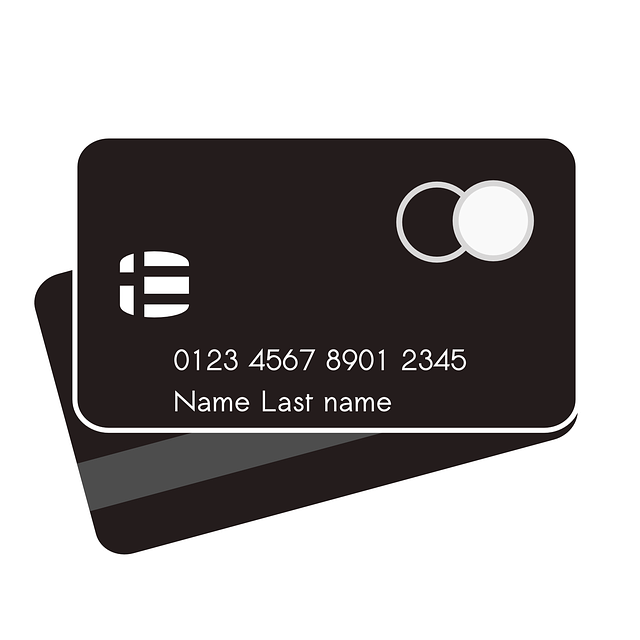equipment financing offers businesses flexible funding for acquiring or upgrading critical assets using equipment as collateral. Leading banks, credit unions, and online lenders provide various terms and interest rates, with digital platforms streamlining processes and minimizing documentation requirements. Entrepreneurs can leverage lender comparisons to secure competitive loan rates tailored to their needs, simplifying funding for small businesses and startups. While online lenders gain popularity for accessibility and speed, traditional financial institutions offer personalized service. A systematic approach involving research, quote requests, and comparison is crucial for informed decision-making in securing the best financing terms.
In today’s fast-paced business landscape, equipment financing offers a lifeline for enterprises seeking to acquire essential machinery and technology. This article delves into the world of equipment financing with minimal documentation requirements, exploring key facets from leading banks and credit unions to the rise of online lenders. We dissect pros and cons, analyze loan rates, and guide readers through the process of comparing different financial institutions, empowering informed decisions in this dynamic market.
- Understanding Equipment Financing: A Brief Overview
- Minimal Documentation Requirements: What to Expect
- Leading Banks and Credit Unions: Their Role in Equipment Financing
- Online Lenders: Pros and Cons of Digital Platforms
- Comparing Loan Rates and Lenders: Making an Informed Decision
Understanding Equipment Financing: A Brief Overview

Equipment financing is a powerful tool for businesses seeking to acquire or upgrade critical assets, offering a flexible funding solution that traditional bank loans may not always provide. This alternative lending method allows companies to access capital by using their equipment as collateral, enabling them to secure funds with minimal documentation compared to conventional loan options. The process involves several key players, including leading banks, credit unions, and online lenders, each with its own set of terms and interest rates.
When exploring equipment financing, understanding the market is crucial. Borrowers can leverage lender comparisons to find competitive loan rates tailored to their needs. Financial institutions, both traditional and digital, play a significant role in this landscape, providing specialized services that cater to various business requirements. This approach simplifies the funding process, especially for small businesses or startups that might struggle with extensive paperwork, making it an attractive option for those seeking efficient and accessible capital for equipment purchases.
Minimal Documentation Requirements: What to Expect

When it comes to equipment financing with minimal documentation, understanding what’s expected can streamline the process for businesses seeking capital. Unlike traditional loan applications that require piles of paperwork, this modern approach prioritizes speed and ease. Leading banks, credit unions, and online lenders offer such options, employing digital platforms to collect essential information. These platforms typically ask for basic business details, such as company name, industry, and contact information, along with some financial data like revenue projections and existing debt.
The key advantage lies in the lender comparisons that these streamlined processes enable. Businesses can easily access multiple offers and compare loan rates, terms, and conditions from various financial institutions. This transparency empowers them to make informed decisions, ensuring they secure the best financing terms for their equipment needs. Whether through a direct application or an intermediary service, minimal documentation requirements signal a shift towards efficient, digital-first lending practices that cater to modern business demands.
Leading Banks and Credit Unions: Their Role in Equipment Financing

In the realm of equipment financing, leading banks and credit unions play a pivotal role, offering specialized services that cater to diverse business needs. These financial institutions have long been at the forefront of providing funding options for businesses seeking to acquire essential equipment, from manufacturing machinery to medical devices. Their expertise lies in understanding the unique requirements of different industries and tailoring loan rates accordingly.
When it comes to minimal documentation financing, credit unions and online lenders often stand out. They facilitate lender comparisons by offering transparent processes and competitive loan rates. Unlike traditional banks, these financial institutions may be more flexible in their documentation requirements, making it easier for small businesses and startups to access funding without extensive paperwork. This accessibility has revolutionized the way entrepreneurs secure equipment, enabling them to focus on growth rather than navigating complex administrative procedures.
Online Lenders: Pros and Cons of Digital Platforms

In today’s digital era, online lenders have emerged as a prominent alternative to traditional banking institutions, offering equipment financing with minimal documentation. These platforms, often operated by leading banks and credit unions, provide a convenient and efficient way for businesses to secure loans without the usual extensive paperwork. Online lenders typically offer competitive loan rates and streamlined applications, making it easier for entrepreneurs to access capital quickly.
However, while online lenders have their advantages, such as accessibility, speed, and convenience, they also come with certain drawbacks. Lender comparisons can be challenging, as hidden fees and terms may not always be transparent. Additionally, the digital nature of these platforms might leave some businesses preferring the personalized service and expertise offered by traditional financial institutions. Thus, business owners should carefully weigh the pros and cons before choosing an online lender for their equipment financing needs.
Comparing Loan Rates and Lenders: Making an Informed Decision

When exploring equipment financing with minimal documentation, one of the key aspects to consider is comparing loan rates and lenders. It’s essential to approach this process systematically, treating it like a buyer’s market. Start by identifying your financial needs and the type of equipment you intend to purchase. Next, research and create a list of leading banks, credit unions, and online lenders known for offering competitive loan rates and flexible terms.
Facilitate lender comparisons by requesting quotes from multiple institutions, focusing on factors like interest rates, fees, repayment terms, and documentation requirements. This allows you to make an informed decision, choosing the financial institution that best aligns with your needs while ensuring you secure the most favorable loan rates. Remember, understanding the nuances of different lenders can significantly impact the overall cost of your equipment financing.






